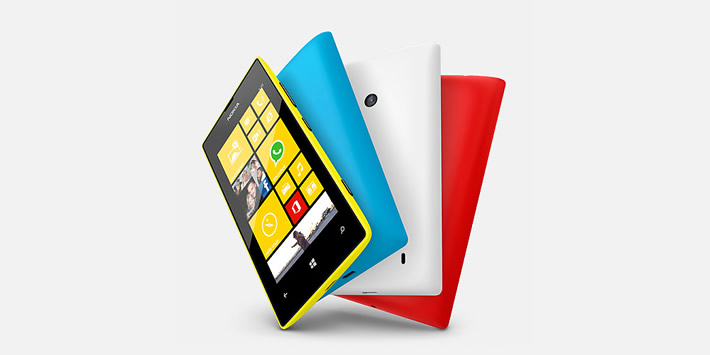
According to the most recent numbers, Windows Phone is on the rise in Europe. Windows Phone has passed the 10% barrier in five of the biggest EU states – the UK, France, Germany, Spain and Italy.
So why is Windows Phone on the rise now? There are a few likely reasons – the OS has matured, app developers have finally gotten on board and other mobile operating systems have lost their appeal.
Maturity
The first explanation is the easiest to explain – simply put, Apple’s iOS and Google’s Android have been around for way longer than Windows Phone has. iOS was released in 2007 with the debut of the iPhone, while the first Android phone, the HTC Dream, came out in 2008. Windows Phone, on the other hand, came out in late 2010. While it was stronger out of the gate than either iOS or Android, it just takes time to smooth out the edges and fill in the feature gaps.
After three years Windows Phone feels ready, with all the features you’d expect from a modern operating system and a distinct visual style that sets it apart from its competitors. With the recent release of Windows 8.1 and the Xbox One, which both share the Windows Phone tiled look-and-feel, Windows Phone seems like it’ll gain even more legitimacy in the future.
Apps
The next explanation is a bit more difficult to explain, but probably has an even bigger impact on consumers choosing Windows Phone over iOS or Android. It’s all about the apps – if your favourite few aren’t available, then you’re going to stay with Android or iOS.
When Windows Phone came out, there were so few apps available for it that Microsoft had to essentially re-package websites as ‘mobile apps’, which wasn’t too convincing. Since then, Microsoft have tried their hardest to encourage app developers to make apps for Windows Phone, even paying the developers of the most popular apps to bring their apps from iOS or Android to Microsoft’s platform.
That strategy has worked, and within the last month Microsoft have claimed they’ve “turned the corner”, with the release of popular photography/video apps Instagram and Vine. Those were the last real big names missing from the platform, and now Windows Phone is even seeing the big developers release apps and games simultaneously on Windows Phone, Android and iOS.
Competitors’ Decline
When you take a look at the numbers, Windows Phone isn’t taking many users from Android and iOS – instead, their biggest gains are from other competitors for their third place crown: BlackBerry and Symbian.
BlackBerry has massively tanked in recent years, as the Canadian company failed to produce handsets that could rival the powerful hardware and slick software from Apple and Google. Combined with well-publicised service failures and the massive decline in popularity for QWERTY keyboards on phones, BlackBerry is now in a terrible position and even with a new BlackBerry 10 OS has seen appalling sales.
Symbian is in a similar position, as Nokia have ceased to develop the OS and smartphones have gotten cheap enough to be viable in territories in which Symbian was previously dominant. With these two on the downturn, the modern look and cheap Nokia handsets of Windows Phone has seen a steady rise in popularity – indeed, in the UK around three-quarters of Windows Phones sold were low-end models like the Nokia Lumia 520 and 620.
Conclusion
When Microsoft launched Windows Phone, they were very honest about their ambitions – they wanted to be the #3 smartphone OS in the world, behind Android and iOS. They’ve now achieved that goal, and now it looks like they’re taking it to the next level with some clever moves.
Microsoft acquired Nokia, their biggest hardware partner and maker of 90% of Windows Phones sold, in a move that’ll complete next year. They’re also looking to unify the three operating systems they control – Windows Phone, Xbox One and standard Windows. Expect an interesting couple of years ahead for Microsoft!